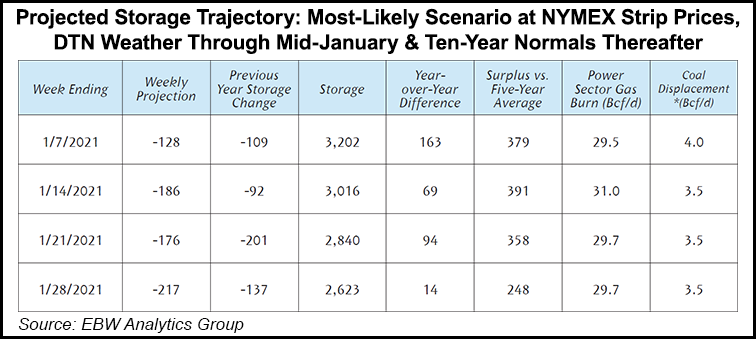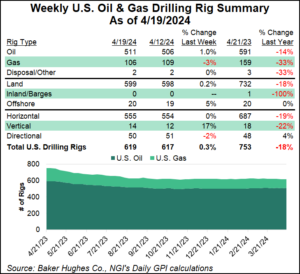Markets | LNG | LNG Insight | Natural Gas Prices | NGI All News Access
Volatility Abounds in Natural Gas Forwards Trading as Polar Vortex Seen Arriving Late January
© 2024 Natural Gas Intelligence. All rights reserved.
ISSN © 1532-1231 | ISSN © 2577-9877 |



